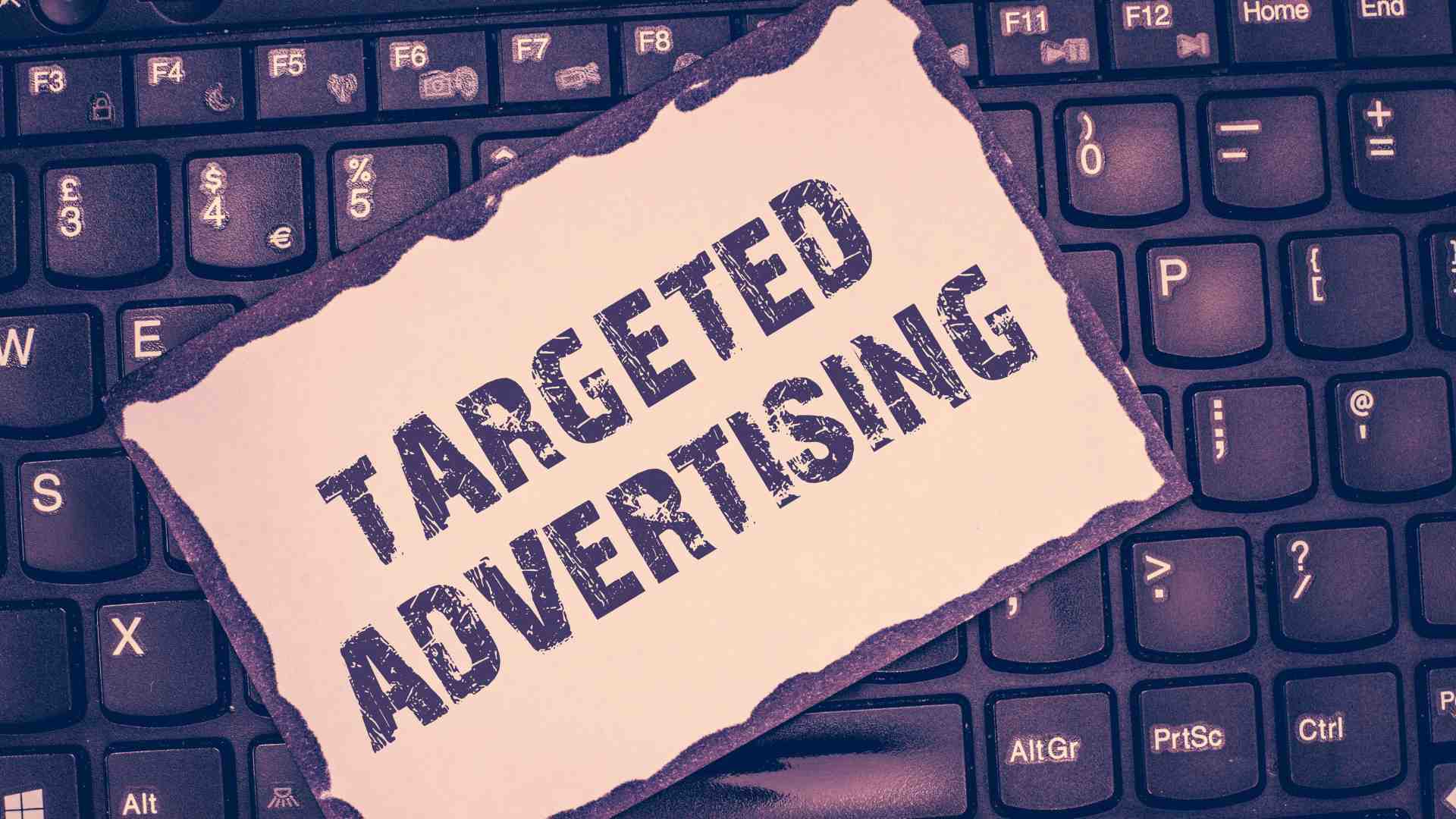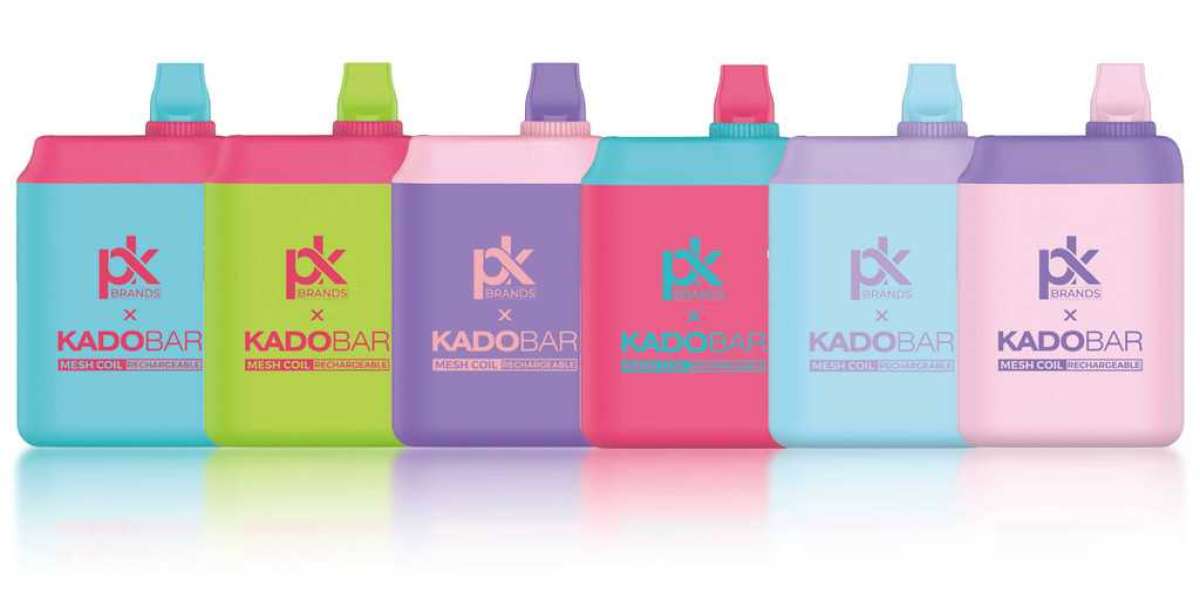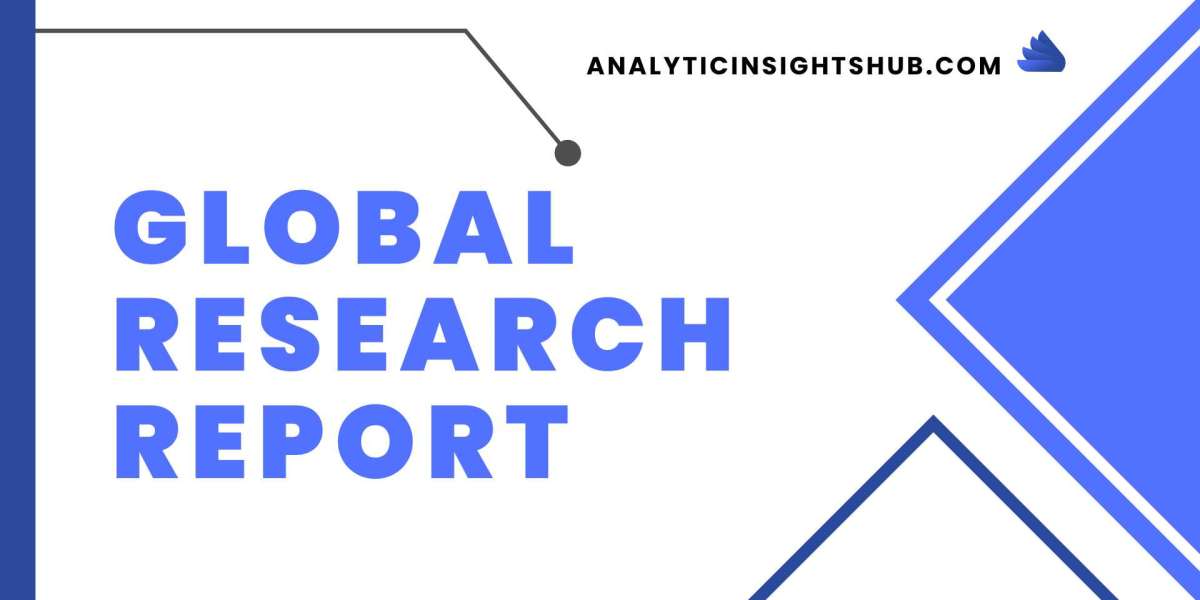Programmatic advertising might be key if you've ever wondered how advertisers seem to know what interests you. But how does it work, and more importantly, how does it improve ad efficiency?
What Is Programmatic Advertising?
Fundamentally, programmatic advertising is the automated purchase and sale of digital advertising space. Advertisers use software to purchase ads in real-time instead of relying on manual negotiations and insertion orders. This method ensures precision, speed, and scalability that's hard to achieve with traditional approaches.
Think of it as online shopping for advertisers, just as you might add items to your cart and check out quickly; programmatic systems bid for ad placements in milliseconds, targeting the right audience at the right time.
Why Efficiency Matters in Advertising
In advertising, efficiency is everything. Time is money; wasting resources on non targeted ads can sink campaigns faster than a leaky boat. Programmatic advertising addresses this challenge by:
- Targeting the Right Audience: Ads are shown to people based on interests, demographics, and online behavior.
- Saving Time: Automated systems handle the heavy lifting, from bidding to placement.
- Maximizing Budgets: With data-driven insights, advertisers allocate funds to what works best.
But let's dive deeper into how these factors combine to supercharge ad campaigns.
Real-Life Example: How One Brand Boosted ROI with Programmatic Ads

Imagine this: A small e-commerce business wants to promote handmade jewelry. In the past, they relied on generic ads that targeted broad demographics. The result? High costs and low conversions.
When they switched to programmatic advertising, everything changed. Using data from their website and customer profiles, they identified women aged 25-40 interested in sustainable fashion. The programmatic platform then targeted these individuals across social media and websites they frequently visited.
The outcome? Their ad spend decreased by 30%, but their conversions doubled. They turned casual browsers into loyal customers by reaching the right audience at the perfect moment.
Key Components of Programmatic Advertising
To understand why it's so effective, let's break down the main components:
Real-Time Bidding (RTB)
This is the backbone of programmatic advertising. Advertisers bid for that ad space in real-time when someone visits a website. When the highest bidder wins, their advertisement is seen right away. In milliseconds, it's like a silent auction.
Data-Driven Targeting
Programmatic platforms analyze mountains of data to determine who sees an ad. From browsing habits to purchase history, these insights ensure ads are as relevant as possible.
Cross-Platform Reach
Gone are the days when ads were limited to a single website. Programmatic campaigns span multiple platforms—social media, mobile apps, and even streaming services- to maximize reach.
Story Time: A Missed Opportunity
Let me share a quick story about a friend who runs a local bakery. Despite having amazing cakes, her online ads weren't getting much traction. She'd been boosting posts on social media, but the results were underwhelming.
When she switched to programmatic advertising, she could target residents within a specific radius of her bakery. Her ads featured tempting images of her cakes and a unique "order online" discount. Within weeks, her orders skyrocketed, and she even started delivering to nearby towns.
This shows how programmatic advertising can be a game-changer, even for small businesses.
Getting Started with Programmatic Advertising

If you're considering jumping into programmatic advertising, here's how to set yourself up for success:
Define Clear Goals
What do you want to achieve? Whether it's brand awareness, lead generation, or sales, having a clear goal will guide your strategy.
Leverage First-Party Data
Data from your website and customers is gold. Use it to create audience profiles and personalize your ads.
Monitor Performance
Could you not set it and forget it? Monitor key metrics like click-through rates (CTR) and return on ad spend (ROAS) to optimize campaigns in real-time.
The Future of Programmatic Advertising
Programmatic advertising is a field that is constantly changing. As artificial intelligence and machine learning improve, campaigns will become more precise and efficient. Innovations like contextual targeting and ethical data usage pave the way for a more innovative, sustainable advertising ecosystem.
By embracing these tools, advertisers can stay ahead of the curve and achieve long-term success.
Programmatic advertising is not just a trend—it's the future of digital marketing. Automating processes and leveraging data delivers ads that resonate with the right audience at the right time. Whether you're a small business owner or part of a larger marketing team, embracing programmatic strategies can transform your campaigns.
FAQs
1. What is programmatic advertising?
It's an automated way to buy and sell digital ad space in real-time, ensuring precision and scalability.
2. How does it enhance efficiency?
By automating processes, targeting specific audiences, and optimizing ad spend for better ROI.
3. What is real-time bidding (RTB)?
RTB is where advertisers bid for ad placements in milliseconds, with the highest bid winning.
4. Can small businesses use programmatic ads?
Yes, it helps small businesses target specific audiences and maximize their ad budgets.
5. What data is used in programmatic advertising?
Browsing habits, demographics, and purchase history are key data points for precise targeting.














